The New Gastronome
Street Food of Guangxi
One of the most complex eating experiences in China
by Taihua Zhu
by Taihua Zhu
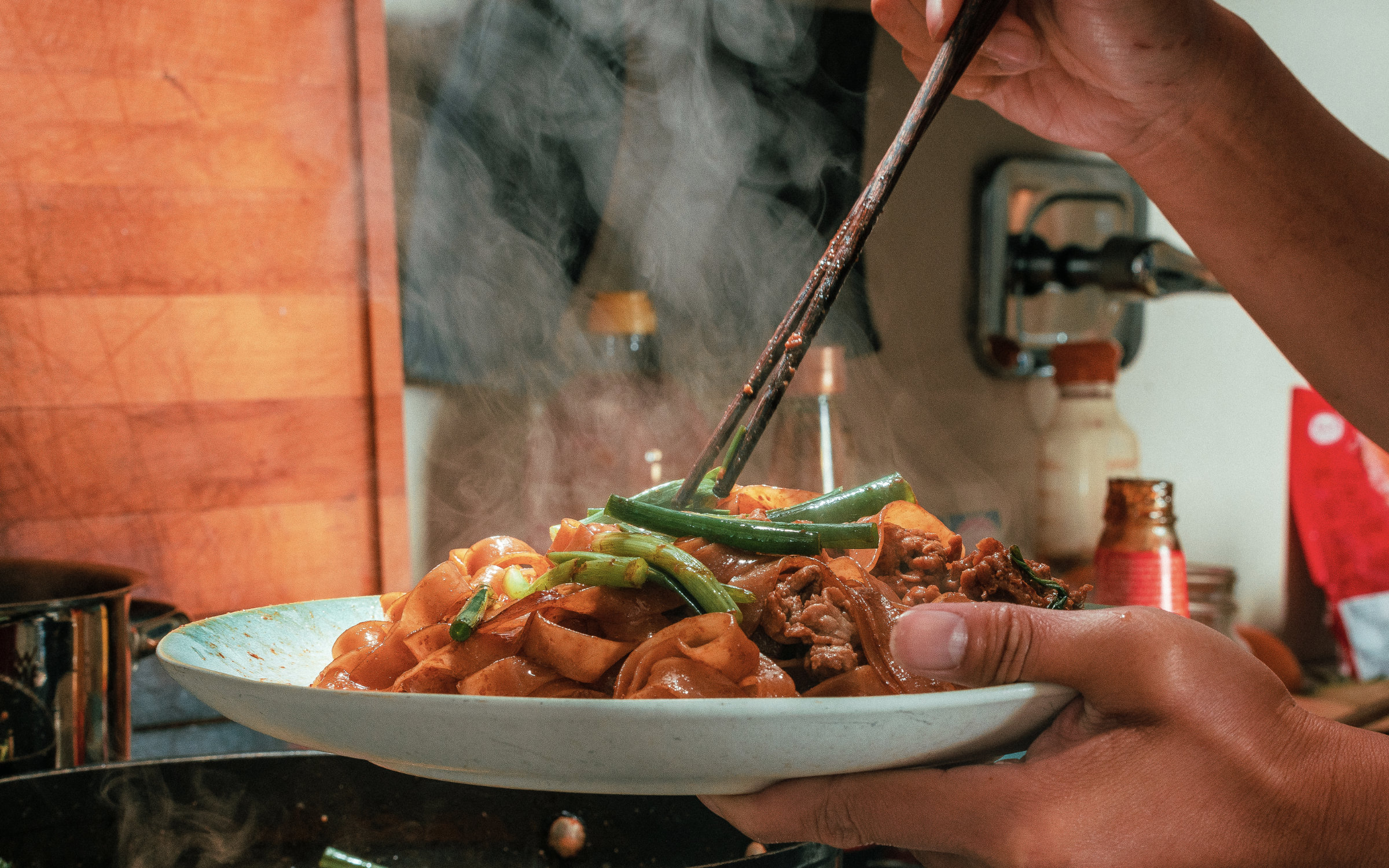
When I first arrived in Italy to study, people frequently inquired about my origins. Upon learning that I was from China, they persistently asked, “Where in China?” Each time I mentioned ‘Guangxi,’ their faces displayed a mix of confusion and intrigue.
Although Guangxi may not be as famous as Beijing or Sichuan, it offers a treasure trove of culinary delights. According to Chen Xiaoqing, a renowned food documentary director, Guangxi’s abundance of produce and diverse ethnic groups contribute to one of China’s most complex diets. Interestingly, locals often don’t reveal which stall serves the best food on social media, instead fondly remembering street food as “rice noodles” or “that barbecue around the market corner.” This secretive approach, in a way, preserves the distinct character of local food.
Nestled in southern China, Guangxi boasts a rich culinary heritage that is both diverse and captivating. Its street food scene, in particular, stands out as one of the most intricate eating experiences in the country. Famed for its unique blend of flavors, textures, and cooking techniques, Guangxi’s street food embodies an unparalleled gastronomic journey. From the bustling night markets of Nanning to the charming food stalls of Yangshuo, Guangxi’s street food is a celebration of local ingredients, time-honored traditions, and culinary innovation.
Culinary trip to Guangxi with rice noodles.
In the picturesque southern Chinese province of Guangxi, a special dish has been delighting taste buds for centuries. Known as rice noodles, this local staple has become an integral part of everyday life. With such a diverse range of options, you could enjoy a different rice noodle dish every day for a month and still have new ones to try. The possibilities are endless.
As you stroll through the streets of Guangxi, there’s one scene that’s almost unavoidable: lively gatherings around modest tables and stools, with people hunched over small stainless steel bowls, savoring mouthfuls of noodles. There’s even a unique verb used to describe the act of eating these noodles – “suo” (嗦) – which mimics the sound of slurping rice noodles. Just like in Japan, where noisy enjoyment of ramen is a sign of appreciation, enthusiastic slurping in Guangxi signifies your delight in the “suo” rice noodles.
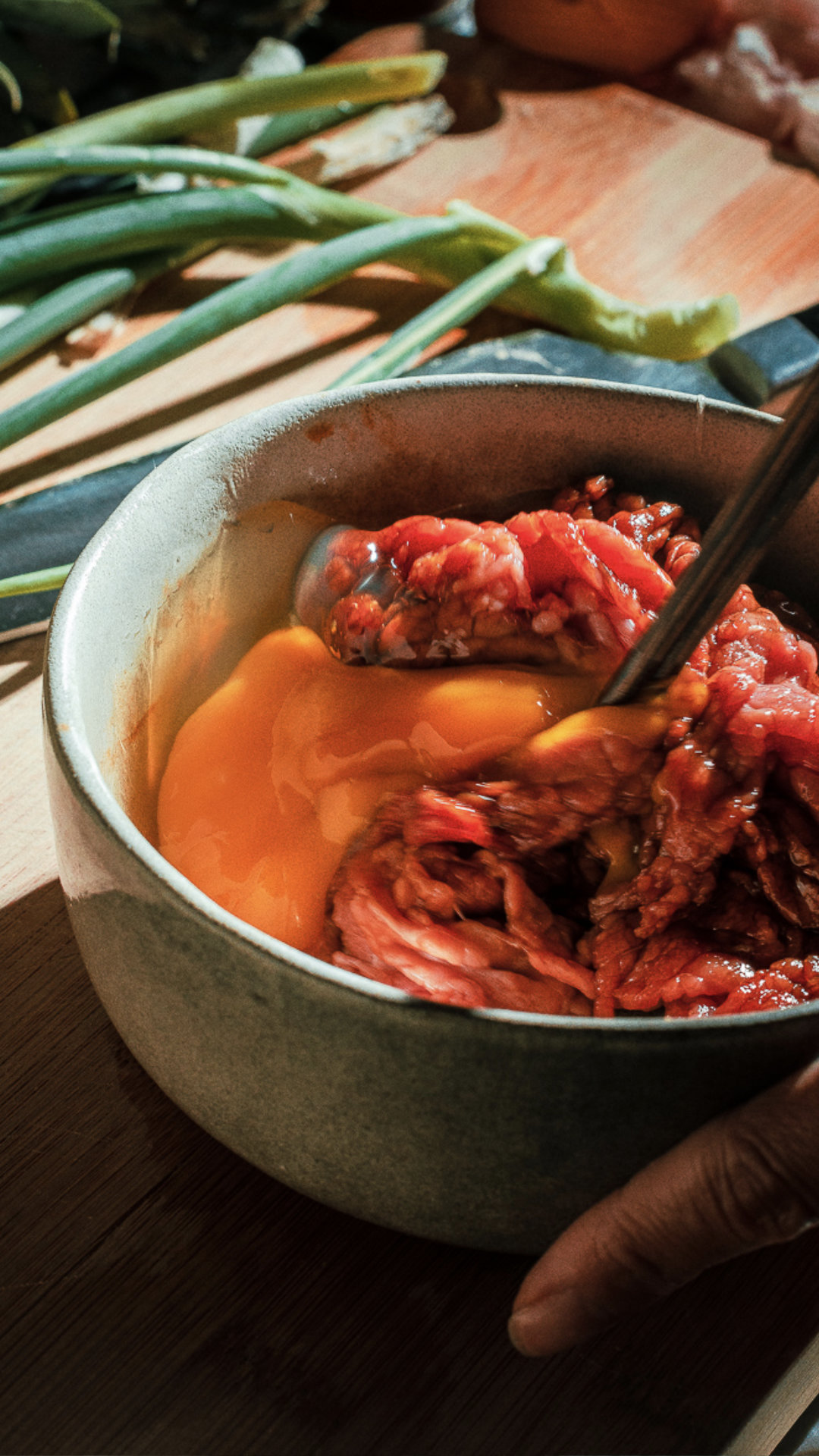 |
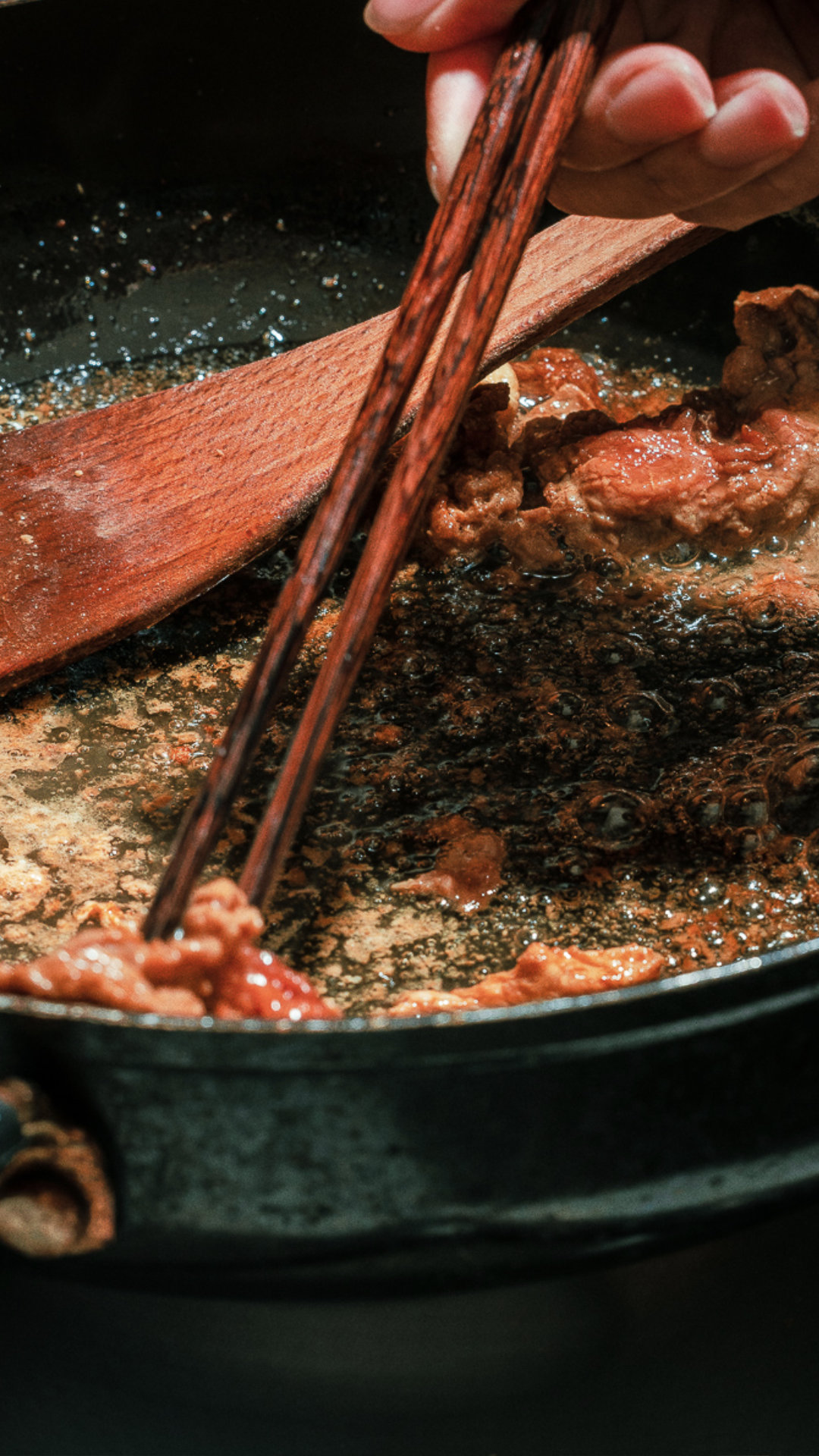 |
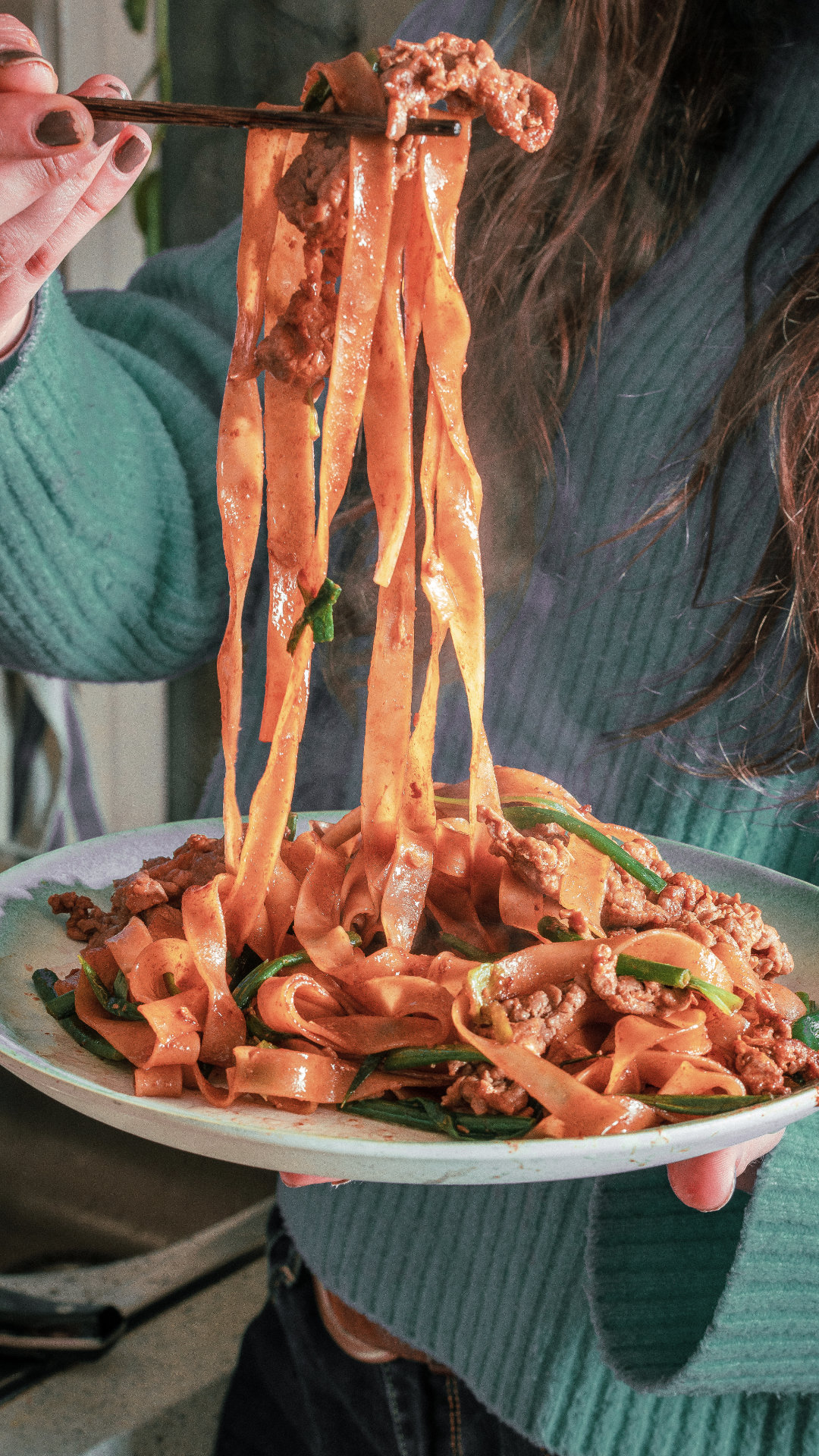 |
In the lively cities of Liuzhou, Nanning, and Guilin, snail rice noodle shops, or Luosifen, have taken the spotlight, becoming a popular and trendy dish throughout China. Despite the initial skepticism due to its unusual aroma, people from various regions become instant fans after their first taste. The enticing mix of fermented bamboo shoots’ pungent scent and crunchy texture creates an addictive sensory experience. The broth, made by simmering fresh snails with tubular pork bones and a blend of natural spices like star anise, cinnamon, cloves, and sorrel, holds the secret to the dish’s complex flavor. When served a bowl of snail rice noodles, it’s essential to savor the soup first. The rich broth captures the freshness and sweetness of the snail meat, delighting your senses.
The dish’s intricate flavors are further enhanced by the tangy fermented bamboo shoots and green beans, paired with fiery chili oil, adding freshness and depth to the soup. The rice noodles are tender and velvety, perfect for slurping. The spiced noodles and broth stimulate your taste buds, while the zesty toppings leave you yearning for more. A bowl of Luosifen on a hot summer day offers a refreshing and satisfying start. Personalize your bowl with a wide array of toppings, such as braised pork feet, marinated duck feet, fried tofu, and various vegetables, showcasing the dish’s versatility and freshness. A typical order for me includes snail noodles topped with green onion, fried soybean, sour radish, sour seaweed, pickled pepper, and fried tofu puffs. My friends often tease me, asking, “Are you here for the noodles or the toppings?”
The development of snail rice noodles coincided with the rise of the migration wave in Liuzhou. As a result, cooks from everywhere are constantly improving their skills, such as adding pork bones and chicken ribs to the soup for more umami and serving a wider variety of toppings.
After indulging in a hearty bowl of snail noodles, it’s time to try something lighter yet equally delectable: steamed vermicelli rolls (Juantongfen). These rolls are a traditional breakfast dish for locals in my hometown of Yulin, Guangxi province. Introduced from Vietnam and adapted to suit local palates, they are now a familiar sight on the streets of Guangxi.
To make these savory rolls, a medley of stir-fried vegetables including green beans, garlic, chives, radish, black mushrooms, and corn is combined with minced pork to create a fragrant filling. A thin batter of rice flour and water is steamed on a baking tray, then topped with the filling and carefully rolled up before serving. The translucent, sticky rice crepe envelops the aromatic filling, and diners can enjoy the rolls with a variety of dipping sauces. In many Nanning noodle shops, you’ll also find a self-service lime station, reminiscent of Vietnamese Phở eateries. This is likely due to Nanning being home to the largest Vietnamese population in Guangxi, which has undoubtedly influenced local cuisine.
On lazy days when I can sleep in, I often linger in bed until 10 am, but the thought of Juantongfen propels me out the door to find the last remaining rolls for breakfast. Among the many available dipping sauces, my favorite is the wampee sauce from Nanning, Guangxi. Made from wild wampee fruit, this sauce strikes a perfect balance of sweet and sour, with a fresh, spicy kick from the fruit’s skin that invigorates the senses. Whenever I travel, I bring a bottle of wampee sauce with me. When friends suggest dipping dumplings in vinegar—the traditional way—I proudly introduce them to my wampee sauce, exclaiming, “Try dipping them in this instead! It’s absolutely scrumptious!”
A. D V. E. R. T. I. S. I. N. G
Another delightful rice noodle dish is dry-fried beef hor fun—a popular nighttime street food that I frequently indulge in. I feel no guilt for enjoying this high-calorie treat after dark. The secret to exceptional dry-fried beef hor fun lies in the art of quick-frying, known in the local dialect as “huo qi.” Begin by heating oil to a high temperature, then add garlic, tochi (a type of fermented and salted black soybean), tomatoes, and rare beef. Stir in some soy sauce and continue to stir-fry until the ingredients release a rich, saucy aroma. Add fresh flat rice noodles and vegetables, and serve piping hot to truly savor the delectable sauce.
The most unforgettable dry-fried beef hor fun I’ve ever tasted was at a modest shop in my hometown of Xingye, Guangxi. Each time my grandfather received his salary, he would treat me to a bowl of this delicious dish, a gesture I deeply cherish. Though the humble shop might seem to receive more praise for its taste than it appears to deserve, I can confidently say that their dry-fried beef hor fun is unparalleled, boasting a thick texture, uniform color, and no residual oil at the bottom of the plate. When seeking out the best rice noodles in Guangxi, be sure to remember this invaluable tip: search for eateries located close to homes, with no flashy signs, offering a low-key atmosphere that serves up the most delectable dry-fried beef hor fun
The vibrant streets of Guangxi offer far more than just rice noodle shops. When you’ve satisfied your appetite with the main course but still crave a little something extra, an array of tantalizing on-the-go snacks are at your fingertips, ready to entice and delight.
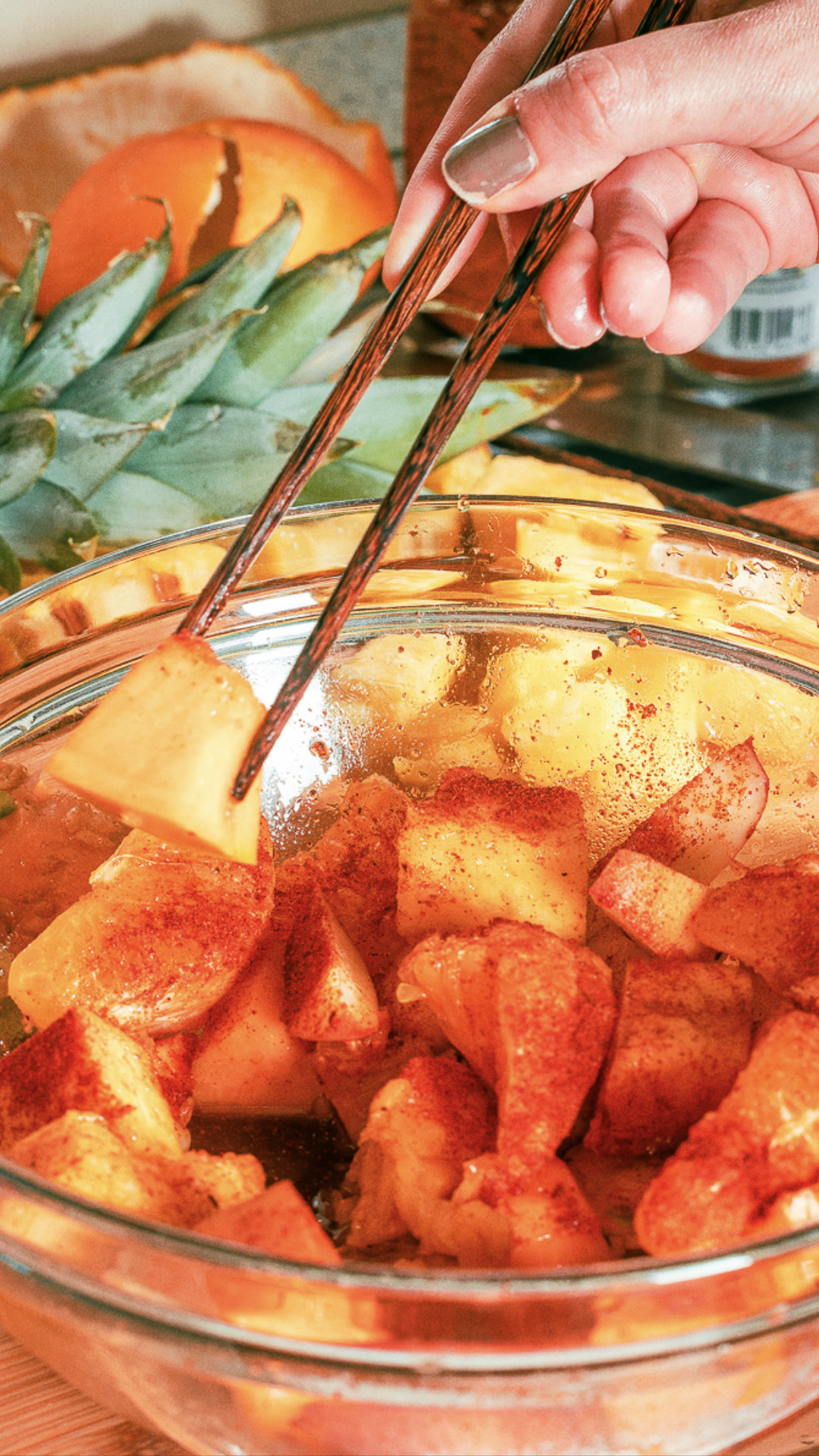
When the sub-tropical heat has you sweating bullets, a visit to one of the many Suanye shops in Guangxi is an absolute must for a refreshing break. “Suanye” simply means “sour things” in the local dialect and these shops certainly don’t disappoint. You’ll find a mouth-watering selection of juicy vegetables and fruits, pickled to perfection in a heavenly mixture of vinegar, chillies, and sugar. It’s no wonder people can’t get enough of the fresh and tangy taste that pairs so well with the crisp and crunchy texture.
Step into a Suanye shop and you’ll be greeted with jars upon jars of bright, colorful fruit. From sour Asian pears, starfruit, pineapples, and papayas to plums, guavas, radishes, green mangoes, and more. The sheer variety of options is enough to make your head spin with excitement. And the burst of pleasant acidity in every bite? Well, let’s just say that it’s enough to make even the most discerning taste buds drool with hunger.
The best part? Suanye is a snack that’s meant to be enjoyed on the go. Mix and match your favorites for a pop of flavor and color in your cup, and take a leisurely stroll around the city, relishing every juicy bite as you poke chunks of deliciousness with bamboo picks and let the sweet, tangy juice trickle down your fingers. Trust us, once you try Suanye, you’ll be hooked for life.
Have you ever dined at a Korean restaurant and ordered the famous Korean Sundae? If so, then you’re in for a treat when it comes to Guangxi’s popular street food: pork blood sausage, also known as Zhuxuechang. This flavorful dish is a favorite among those living in the colder, mountainous regions of Guangxi.
Stroll the streets of Baise, Guangxi, and you’ll likely come across vendors frying up these sausages, which are made from pig intestines stuffed with pork blood, glutinous rice, and peanuts. The tantalizing aroma wafts through the air, drawing you in from a distance.
Take a bite of this crispy-skinned sausage, and you’ll be treated to a delightful mix of textures and flavors. The combination of glutinous rice, pork blood, pickled cabbage, and fried spices creates a complex taste sensation that’s truly unique to Chinese street food.
I remember my first experience with Zhuxuechang vividly – it left me feeling so satisfied that I couldn’t help but go back for seconds! And with a plate costing only around €0.40, why wouldn’t you indulge in this delicious treat? Give it a try and let your taste buds embark on a flavorful adventure!
A. D V. E. R. T. I. S. I. N. G
As the sun sets over Guangxi, a vibrant street food scene comes alive. The bustling array of stalls tempts passersby with the irresistible aroma of barbecues and the sweet-sour medley of tropical fruits and Suanye. From evening until the early hours, these night markets offer a perfect late-night adventure for insomniacs and food enthusiasts. When sleep eludes me, I eagerly invite a nearby friend to join me for a comforting bowl of rice noodles.
Guangxi’s street food scene is a delightful culinary journey that unfolds as the day fades into evening. Rooted in a rich heritage and steeped in tradition, the region’s food culture brings people together, forging bonds beyond the dining table. The bustling night markets showcase a diverse range of dishes, reflecting Guangxi’s multi-ethnic heritage and breathtaking natural environment. Each mouthwatering bite connects locals and travelers alike to the region’s history, customs, and deep respect for nature.
Whether you’re savoring customized snail rice noodles or crafting your own Suanye creation, Guangxi’s street food scene offers a limitless world to explore and create. The joy of sharing and uncovering the region’s hidden gems keeps the celebration of culinary delights alive night after night. So, gather a friend, find a seat, and immerse yourself in the flavors of Guangxi—a place where food transcends mere sustenance and becomes a testament to the power of community and culture.
The opinions expressed in the articles of this magazine do not necessarily represent the views
of The New Gastronome and The University of Gastronomic Sciences of Pollenzo.
Photos ©Aarón Gómez Figueroa